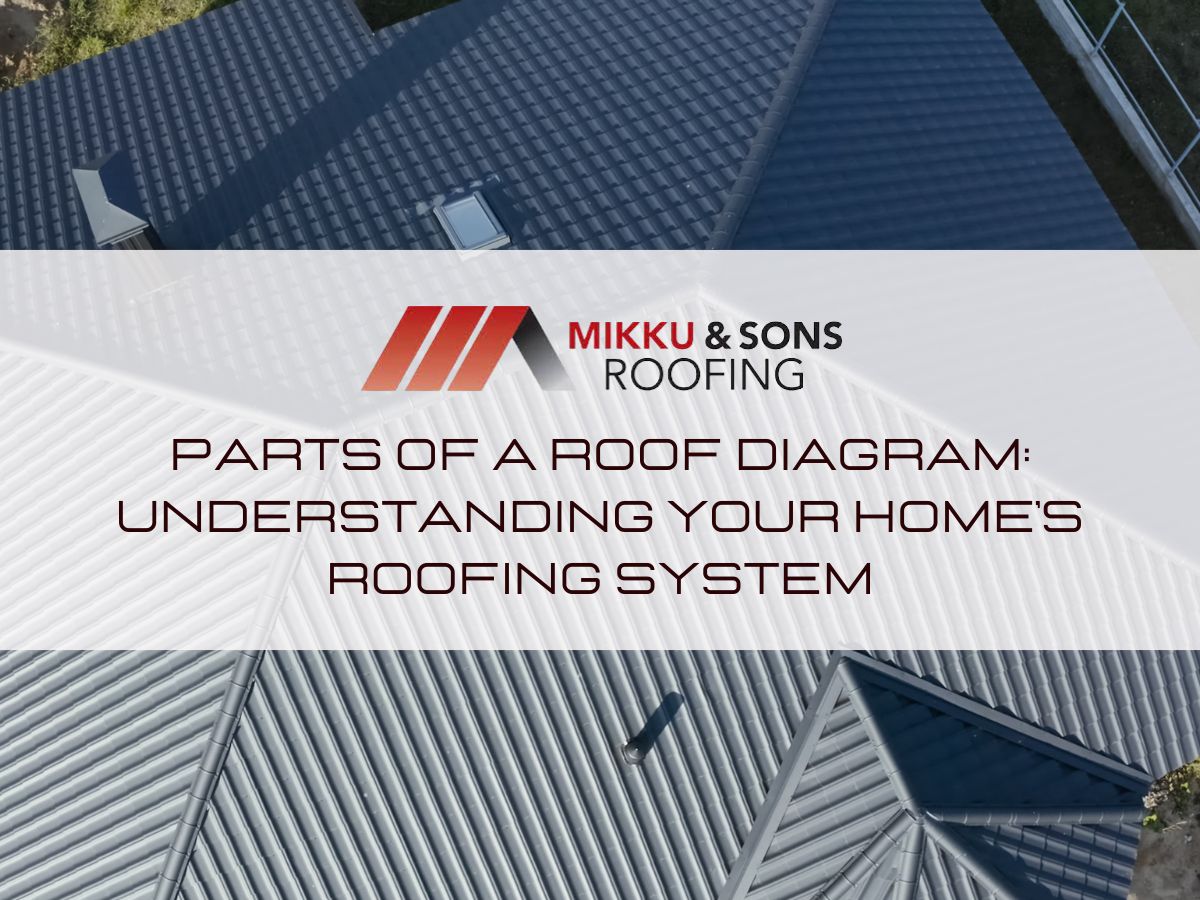
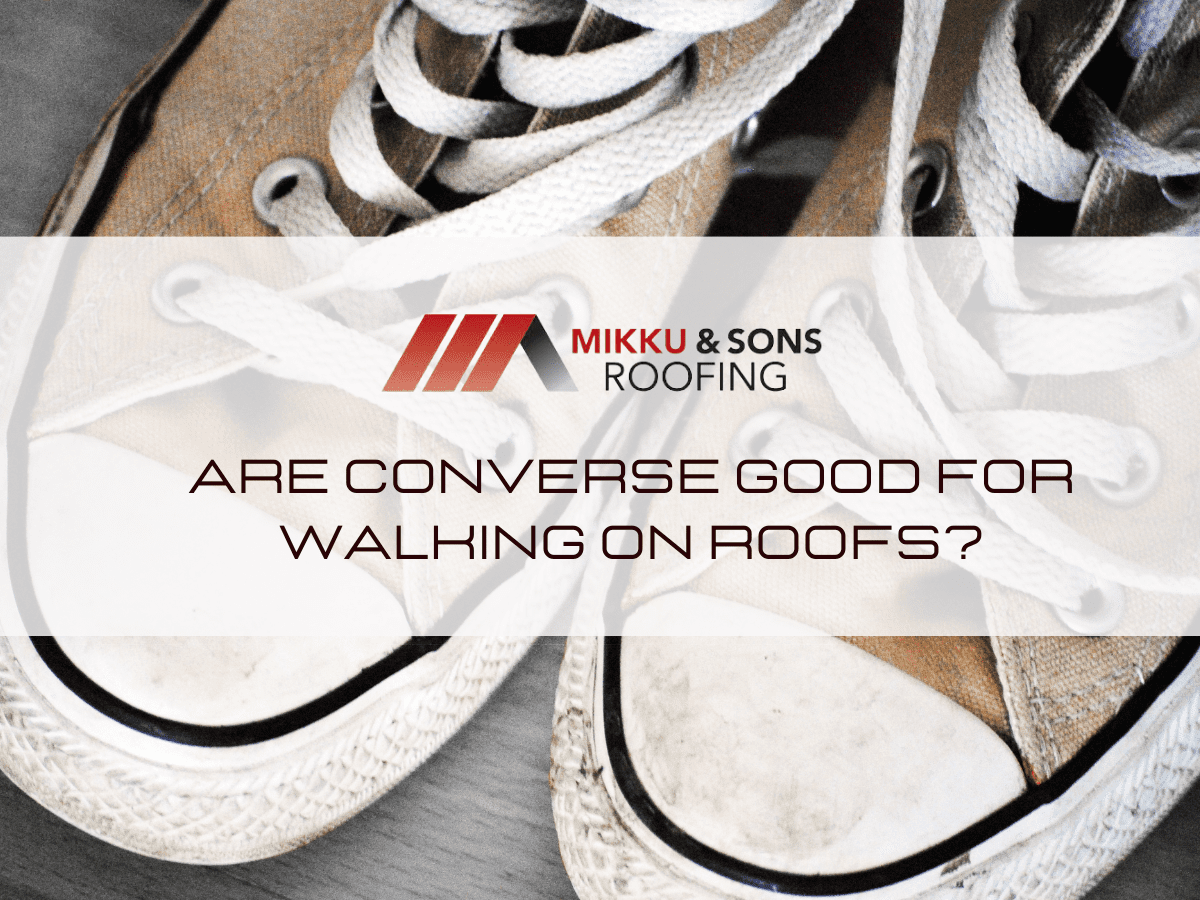
The roof is a crucial part of any building because it protects the interior from weather and damage. Installing them is no easy task, as it must be done correctly to ensure their functionality.
The roofer's level of comfort is often disregarded as an important consideration. If they want to get the job done right, roofers need to be able to navigate a wide range of surfaces with varying degrees of slope.
When working on a roof, wearing shoes or boots that provide ankle support without restricting your range of motion is important. Wearing shoes with good attributes allows comfortable mobility and prevents slipping.
The choice of working shoes largely matters in this case leading to the question: Are converse good for walking on roofs?
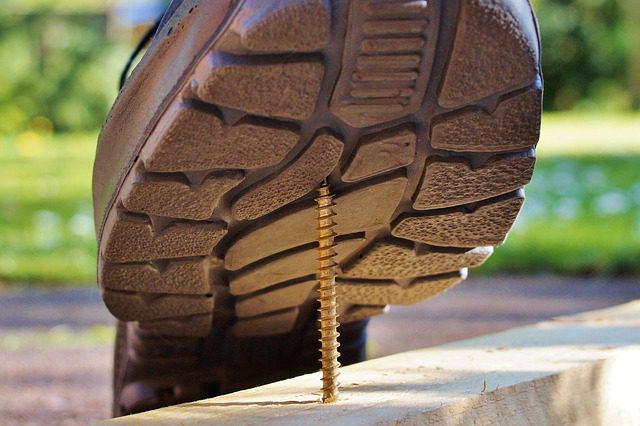
Working on roofs is one of the most common demanding jobs ranging from building new roofs to maintaining them, and roofers find themselves working in different weather conditions. Whatever the conditions you're working in, there is one thing you'll always appreciate: a good pair of shoes.
It is easy to slip and fall when working on a roof due to the steep incline or loose materials. Even relatively flat roofs might make it tricky to maintain complete stability while pretending to perform strenuous work.
Working on these roofs gets even more challenging in wet conditions, and you'll want a sturdy pair of shoes that won't let you down. You'll find comfort in its superior grip, sturdy durability, and the fact that it won't make you sweat so much that it feels like you've been hiking all day.
In addition, you need shoes that will keep you safe from any sharp objects, such as protruding nails, and the general comfort of your feet after working. A wide variety of footwear fits that description, but plenty don't, and the incompatibility isn't always immediately apparent.
The variety of shoes available and the significance of foot safety, performance, and other factors can make it difficult to settle on a single pair to purchase.
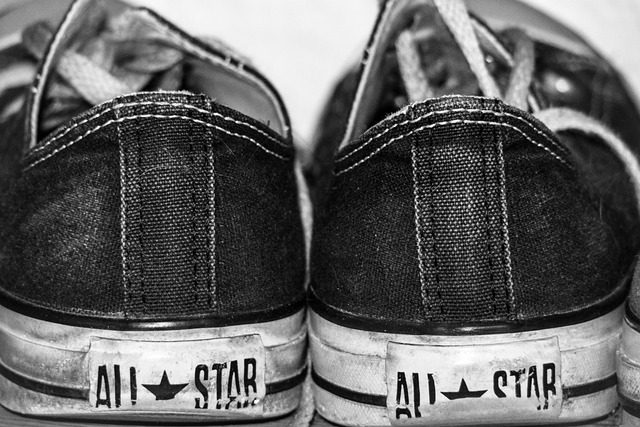
Developed in the early 20th century, Converse sneakers were originally designed to aid basketball players in their quest for comfort and flexibility. Since their debut, the shoe's design has stayed exactly the same.
The shoe consists of a white rubber toe cap, a stitched top, and a brown or rubber tan sole. Converse shoes are great since they are versatile, lightweight, and comfortable.
Skater shoes among roofers were popular because of their excellent grip area and pattern, but this should not insinuate that they are the ultimate non-slip roofing shoes. Converse are long-lasting footwear because they use superior materials in their construction with gum rubber outsoles that are durable enough for regular wear and tear.
A lot of roofers wore converse and still do when working on their roofs. The line is drawn if you have to comply with Occupational Safety and Health Administration (OSHA) regulations if you have a workforce that, in this case, would require steel-toed shoes.
Although roofing in Converse has several advantages, not all roofers are familiar with its specifics. Converse shoes are versatile, but can they be worn on the roof? Slippery shoes are a major no-no when you need to go around on a roof.
To begin, given that they are predominantly made from cotton and other textile materials, Converse shoes are not suitable for use in inclement weather. As a result, when the weather takes a turn or if the shoes are exposed to precipitation, they become damp and cold.
For another, they don't do anything to keep your ankles in place. Working on inclines requires special shoes with excellent ankle support to avoid twisting ankles.
Finally, the bottoms of a pair of Converse shoes aren't designed for traction and rough surfaces. Converse shoes are only recommended to be worn while it is dry outside.
Converse without socks is a recipe for blisters, especially on steep slopes. Listed below are some suggestions for making the most of your work in Converse.
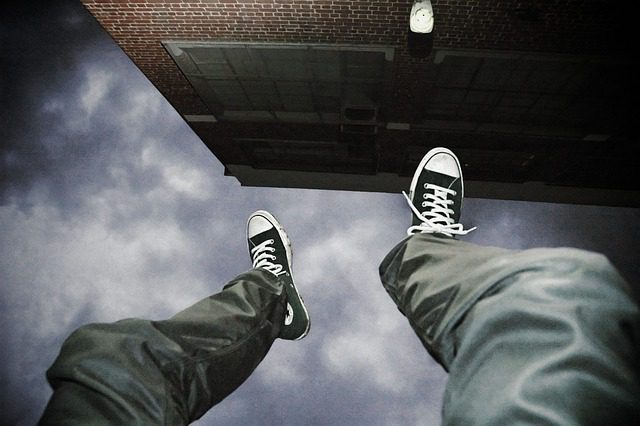
As reported by OSHA, slips, and trips account for a disproportionate number of occupational accidents. They account for about 40% of all recorded major injuries and can trigger other equally devastating events like falls from great heights.
The majority of reported public injuries are the result of slips and trips. Before you go up on the roof with these well-known shoes, you need to know if they are non-slip.
If you are a roofer thinking about wearing Converse to work, it is crucial for your safety to know whether or not they are slip-resistant. Converse sneakers include a diamond pattern etched into the gum rubber outsole for better grip since they were originally designed to be worn on the slippery surfaces of indoor sports courts.
Converse shoes have qualities that make them more slip-resistant compared to other shoe types:
Shoe manufacturers typically incorporate a gum rubber outsole when creating footwear for indoor hardcourt sports like squash, badminton, and tennis. Converse shoes are known as "non-slip" because gum rubber provides exceptional traction on wet and slick surfaces.
The gum rubber soles of a pair of Converse shoes actually soften with wear. They heat up owing to the friction with the ground and your body heat, which helps provide the rubber with even more traction.
A gum rubber bottom has certain benefits in that it does not leave marks on a surface, so you won't have to worry about the look of the roof. Second, the increased traction created by the rubber's heating while you use them.

Converse sneakers are well known for their distinctive, diamond-shaped tread. If the sole of a pair of Converse shoes were completely smooth, they would slide right off of anything.
The outsoles' design is an excellent complement to the slip-resistant gum rubber from which they are produced. The design is ingenious because it improves traction precisely where it's needed most—on the balls and heels of the feet.
For over a century, converse has refined its diamond pattern into the most effective non-slip sole. The addition of patterned, gripping tread to these zones makes walking on these surfaces easier and safer.
Will the treads wear out?
When evaluating Converse's "non-slip" quality, there are a variety of other elements to think about. Consider how they fare in comparison to other footwear, how well the tread performs in wet conditions, and whether or not they will become slippery with wear.
Inquiring minds want to know how long the non-slip properties of converse shoes last. The outsoles of your shoes will wear out faster if you walk daily on rough surfaces, so keep that in mind.
Constant use will eventually smooth down the diamond pattern that resists slippage and weaken the grip. Outsole wear indicates it's time for a new pair of Converse.

To comply with the Health and Safety at Work etc. Act 1974 (HSW Act), businesses must take reasonable precautions to protect the well-being of their workers and anyone who their operations might harm. Slips and trips can be avoided with the help of the methods outlined below, which employers, employees, and safety representatives may find useful.
It's important to eliminate potential hazards like slipping and tripping.
When it comes to the workplace, what can be done to reduce the risk of trips and falls?
A solid management system will make it much easier to pinpoint issues, settle on a course of action, put that plan into motion, and evaluate its success. Think about the potential sources of slip and fall injuries in the workplace, and then figure out what kind of controls will be most effective in preventing such incidents.
The next step is to actually implement these preventative measures. Focus on the genuine threats that can actually hurt you and the potential for injury, and the people who could be affected by the accident should be carefully considered.
Employees may see things that aren't clear to you and may have good ideas for controlling the risks, so asking them what they think the hazards are is a good idea.
Slip-resistant footwear is required when working on surfaces that can't be kept dry, such as in the case of roofing felt or underlayment or the deck during wet conditions. Trials must be done to make sure the shoes are a good fit for you and the surrounding conditions before using them for work.
If you are an employer of a roofing company, you are required by law to protect your employees and others from any harm. To the extent permitted by law, you, as an employer, must take reasonable precautions to prevent injury to your employees and others.
This is the bare minimum required by the Management of Health and Safety in the Workplace Regulations 1999:
If your employees are wearing shoes that may put them at risk, be it fall damage or injury through sharp objects, you are required to assess the risk and mitigate it to ensure their safety.
Is there anything employees may do to lessen the likelihood of trips and falls?
Employees are also obligated to take reasonable precautions to avoid endangering themselves or others and to make appropriate use of any safety gear that is made available to them. When working:
Converse has a good non-slip tread; however, it may not be the most durable in extremely wet or dry situations. No matter what shoes you wear, you need to be extra cautious when walking in the rain or on slippery surfaces.
The converse should be slip-resistant in moderate rain, but the tread won't be as effective in heavy rain. Wearing ice grips on the outsoles of your Converse shoes might increase their slide resistance, making them more suitable for use in icy conditions.
If you plan on wearing your Converse in the rain, you may want to treat the canvas with a canvas-safe spray. They are made from canvas, so they will also make your feet wet in wet weather, which is not comfy at all.
